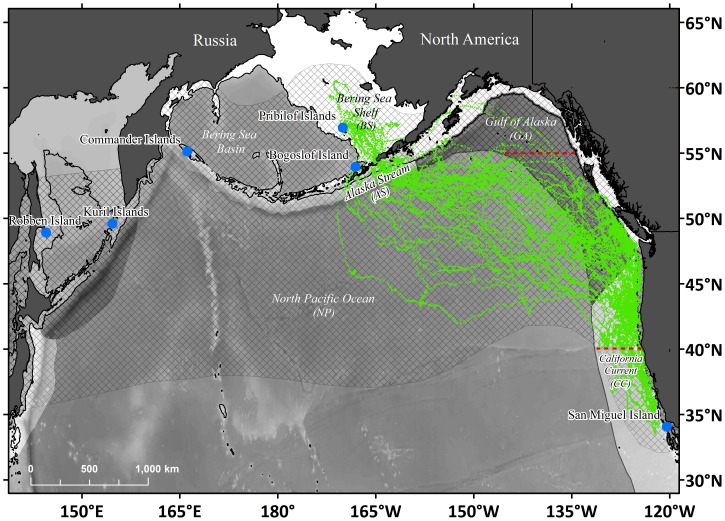Figure 1. Northern fur seal habitat within the North Pacific Ocean.
Blue circles indicate breeding site locations and cross-hatching corresponds to approximate range extent. Italic labels denote Large Marine Ecosystems (LMEs) used in this study. California Current (CC) and Gulf of Alaska (GA) LMEs are indicated by shaded polygons. Within these LMEs, shelf habitat is indicated by filled polygons adjacent to the coast. Other LMEs used in this study include the Bering Sea Shelf (BS, filled polygon within the Bering Sea), Alaska Stream (AS, light-shaded coastal habitat extending west from GA), and North Pacific Ocean (NP, all habitat seaward of the CC, GA, and AS). The Pribilof Islands (St. Paul and St. George Islands, Alaska) are collectively the largest northern fur seal breeding sites. Satellite tags were applied to 40 adult female northern fur seals on St. Paul Island and Bogoslof Island, yielding 41 satellite tracks. One animal was tracked in two separate migratory seasons. Tracking data used in this study are shown by green dots. To be considered for use, tracks were required to have entered the CC or GA LMEs and to have spent some time between 40°N–55°N (latitude boundaries indicated by dashed red lines).

